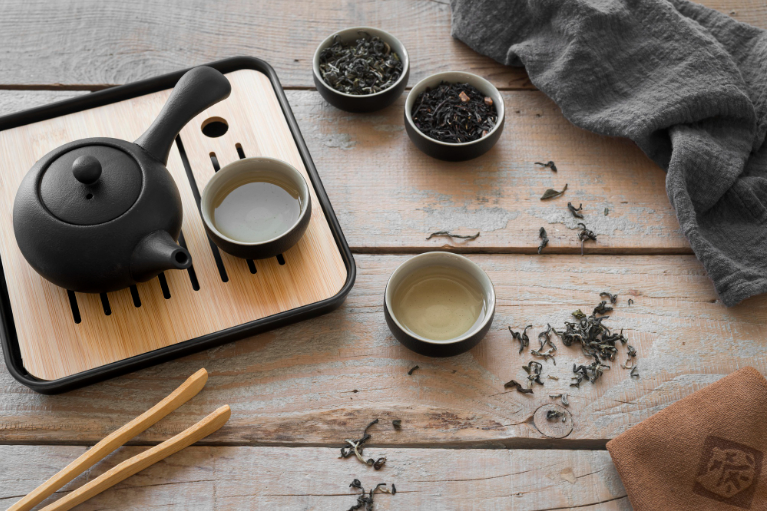
Tea, one of the most consumed beverages in the world, boasts a rich history and diverse cultural significance that spans centuries and continents. From the ancient tea ceremonies of China to the afternoon tea traditions in England, the appreciation of tea extends far beyond mere enjoyment; it embodies a ritualistic and social aspect that brings people together.
A Brief History of Tea
The origins of tea can be traced back to ancient China, with legends attributing its discovery to Emperor Shen Nong around 2737 B.C. According to myth, some leaves blew into his pot of boiling water, creating the first cup of tea. From China, the drink spread to Japan, Korea, and eventually to the trade routes of the Silk Road, making its way to Europe in the 16th century. Over the years, different cultures have shaped their unique ways of preparing and enjoying tea, contributing to its global diversity.
Types of Tea
Tea is primarily categorized into six types: green, black, oolong, white, yellow, and pu-erh, all deriving from the Camellia sinensis plant. Each type undergoes varying processes of oxidation and fermentation, resulting in unique flavors and aromas:
- Green Tea: Known for its fresh, grassy flavor, green tea is minimally processed, preserving its natural antioxidants. It is popular in East Asia and increasingly embraced worldwide for its health benefits.
- Black Tea: The most consumed type of tea globally, black tea is fully oxidized, providing a robust flavor. Varieties such as Assam, Darjeeling, and Earl Grey have distinct profiles that cater to different palates.
- Oolong Tea: Bridging the gap between green and black tea, oolong tea is partially oxidized, offering a range of flavors that can vary from floral to creamy.
- White Tea: The least processed, white tea consists of young tea leaves and buds, creating a delicate, subtle flavor with a light golden color.
- Pu-erh Tea: This fermented tea undergoes a unique aging process, resulting in earthy flavors that mellow over time. It is especially popular in China and valued for its digestive properties.
- Herbal Tea: Technically not tea, herbal infusions are made from a variety of herbs, flowers, and fruits. They offer a wide range of flavors and benefits, from calming chamomile to invigorating peppermint.
The Tea Ceremony
In many cultures, drinking tea is not just about the beverage; it's a ritual. The Japanese tea ceremony, or "Chanoyu," emphasizes mindfulness and simplicity as tea is prepared and served. Each movement is deliberate, reflecting a deep respect for the tea, the guests, and the moment.
In contrast, British afternoon tea, popularized by Anna, Duchess of Bedford in the 19th century, combines tea with an assortment of finger sandwiches, scones, and pastries. This social event fosters conversation and relaxation, encapsulating the essence of togetherness.
Health Benefits
Tea is renowned for its many health benefits. Rich in antioxidants, it has been associated with improved heart health, weight management, and enhanced mental clarity. Green tea, in particular, is praised for its potential to boost metabolism and support overall wellness. However, while tea can be beneficial, moderation is key, as excessive consumption may lead to adverse effects from caffeine and tannins.
Conclusion
Tea, in all its forms, serves as a bridge across cultures and generations. It invites connection, embraces tradition, and offers a moment of tranquility in our fast-paced lives. As we enjoy our cups of tea, we also partake in the shared legacy of this timeless beverage, celebrating both its artistry and its rich tapestry of history. Whether savored alone or shared with friends, tea remains an enduring symbol of hospitality and shared experience, reminding us of the beauty found in simplicity.
article by imageoss is licensed under CC BY-NC-ND 4.0